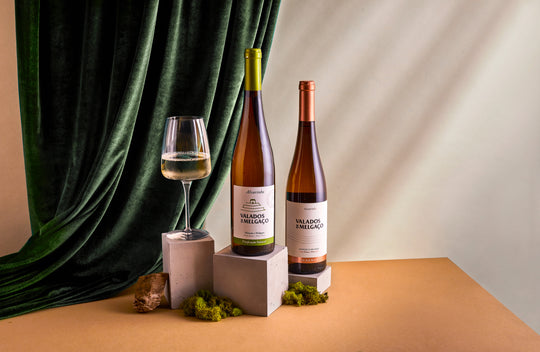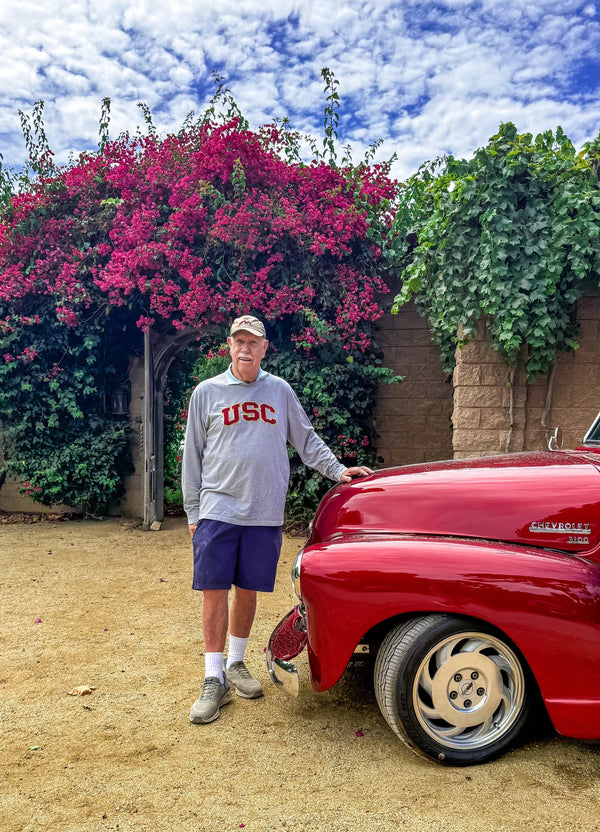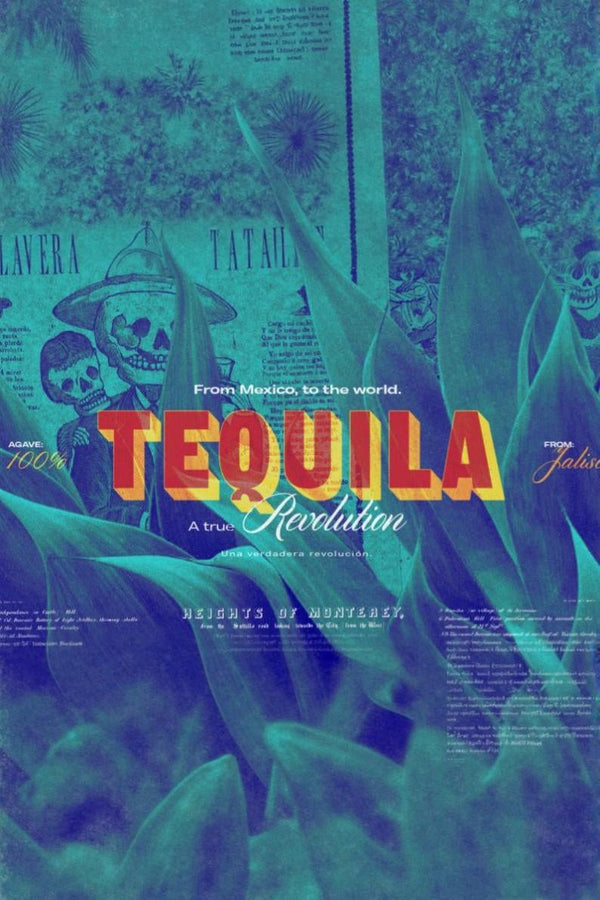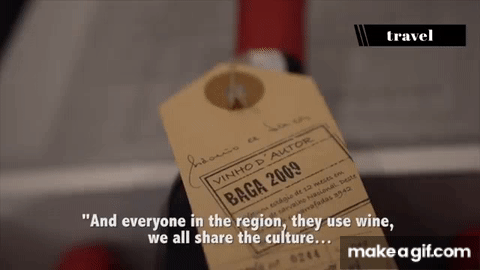From Bükk to Villány: Exploring Hungary’s Wine Renaissance

Hungarian Wines Study Trip 2020
By Julia Scavo, DipWSET
https://juliascavo.com/
Sep. 20 | 2020
Introduction
In early February 2020, just before the world shut down, I had the unique privilege of escaping into the heart of Hungary for an unforgettable four-day wine study tour. Organized by the Hungarian Tourism Agency and Wines of Hungary UK, this journey was a deep dive into Hungary’s historic and evolving wine regions—from the volcanic soils of Tokaj to the sun-drenched vineyards of Villány. It was more than a tasting trip; it was a cultural immersion, a study in terroir, and an homage to the resilience of Hungarian winemaking.

Day 1: From Budapest to Bükk – A Journey Begins
Lunch at Fiáker Budapest
Our journey began in Budapest, at Fiáker—a restaurant where wine and history converge. With a wine list rooted in the former Austro-Hungarian Monarchy, Fiáker’s selection spans Austria, Hungary, Süd-Tyrol, Croatia, Slovenia, and Transylvania. The owner, originally focused solely on Austrian wines, expanded to reflect the shared viticultural heritage of the region.
We paired roasted pork with foie gras and apple with a trio of wines that reflected this Central European synergy:
-
Eliás Olaszrizling 2019 (Badacsony, Hungary): Crisp green apple, pear, citrus, and a bitter-zest finish.
-
Domäne Wachau Grüner Veltliner Ried Achleiten 2017 (Austria): Smaragd richness with honey, spice, and dense phenolic structure.
-
Dveri Pax Sauvignon Blanc 2018 (Stajerska Slovenia): Styrian freshness with vibrant acidity.
With our palates awakened, we headed northeast to the Bükk region.
Evening in Bükk – Gallay Wines
Once one of Hungary’s prominent wine areas, Bükk has struggled in the shadows of Eger and Tokaj. Phylloxera, industrialization, and demographic shifts decimated this region, leaving just 1750 hectares (only 500 actively cultivated) out of a once-thriving 18,000. Yet today, 14 passionate producers are bringing it back.
One of them is Borbély Roland of Gallay Pince, a pioneer who began crafting wine in his father’s garage and now farms 11 hectares across two ranges: Gallay and Bistronautica.
Tasting in a historic Avas Hill cellar—carved into rhyolite tuff and covered in white mold—we experienced wines that echoed the soil’s character:
-
“Genus” 2019 (Chardonnay, Olaszrizling, Zenit): Leesy, herbal, with a creamy yet structured finish.
-
Gallay Kabar 2019: A rare Tokaj hybrid, flinty and peppery with almond and citrus zest.
-
Zenit 2016 (Nyékládháza): Nutty, buttery, and barrel-aged with persistent acidity.
-
Gallay Blanc 2014 (Pinot Blanc & Zenit): Rich with honey, biscuit, and complex spice.
-
Zweigelt Rosé 2019 (Saignée): Fresh cherry, peony, and herbs.
-
Bistronauta Red 2015 (Zweigelt): Floral, spicy, and exuberant with a juicy core.
-
Turan 2017: A curiosity—like Christmas cake in a glass with clove, tonka, and chocolate.
Roland’s commitment to terroir was reflected not only in his wines but also in the traditional pörkölt stew he served with homemade pogácsa. A soul-warming end to a day full of discovery.
Day 2: Eger – Reinventing Tradition
After a hearty breakfast, we journeyed south to Eger, home of the legendary Egri Bikavér (Bull’s Blood) and a region undergoing an exciting stylistic transformation. Long defined by its history and heavy reds, Eger is now increasingly associated with elegance, terroir expression, and confident winemaking.
St. Andrea Winery – A Visionary Approach
Our first stop was the esteemed St. Andrea Winery in Egerszalók. Headed by Dr. László Lőrincz and his son György, the estate embraces both faith and forward-thinking. “Making wine is more than chemistry,” László told us. “It’s a spiritual practice.”
We tasted through their nuanced portfolio:
-
Áldás Egri Bikavér 2018: Fresh raspberry, gentle spice, and mineral backbone—Bikavér with grace.
-
Hangács Egri Bikavér 2017 (Grand Superior): Focused and textured, with silky tannins and a long graphite finish.
-
Merengő 2017: Complex, with dried flowers, sour cherry, and spice. Elegant and contemplative.
-
Nagy-Eged Kékfrankos 2015: A cru-level wine from one of Hungary’s top vineyards. Structured, floral, and deeply mineral with firm aging potential.
Their tasting room exuded reverence—for wine, for land, and for family legacy.
Tóth Ferenc Winery – A Kadarka Comeback
Next, we met Ferenc Tóth, a soft-spoken legend who helped revive Kadarka—a grape once nearly lost to modern preferences. His wines proved how expressive this grape can be when nurtured carefully.
Highlights included:
-
Egri Csillag 2019: Zesty and floral with Muscat notes and herbal lift.
-
Kadarka Superior 2018: Spicy, red-fruited, and feather-light yet persistent.
-
Várvédő Egri Bikavér Superior 2017: Elegant with smooth tannins and savory detail.
-
Kékfrankos 2017 (Nagy-Eged): A restrained powerhouse—cool, herbal, and age-worthy.
Ferenc’s passion for the grape—and his humble pride—made a lasting impression.
Fungarian Lunch
Lunch was a rustic affair with local gulyás and forest mushrooms, paired with native wines. The theme of the day was balance—between history and innovation, power and finesse.
Thummerer Winery – A Legacy in Motion
We ended the day at Thummerer Winery, one of Eger’s most established producers. Their underground cellars stretch for kilometers, housing thousands of barrels and a legacy built on precision.
Tasting notes:
-
Egri Csillag 2019: Floral and aromatic with a clean finish.
-
Egri Bikavér Superior 2017: Bold yet composed, with notes of plum, black tea, and clove.
-
Egri Syrah 2017: A spicy surprise—well-structured, with pepper and dark berry.
-
Egri Cabernet Franc 2017: Full-bodied and modern, yet clearly Hungarian in soul.
Dinner in their cellar was a feast, served with pride by the family. It was a reminder that wine in Hungary is as much about hospitality as it is about terroir.
Day 3: Tokaj – Layers of Legacy and Innovation
From Eger, we headed east to Hungary’s most iconic wine region: Tokaj. Known worldwide for its golden Aszú wines, Tokaj is also undergoing a quiet renaissance—one that respects its ancient heritage while embracing dry wines, terroir focus, and innovation.
Royal Tokaji – The Modern Classic
Our first stop was Royal Tokaji, co-founded by Hugh Johnson in 1990. It played a major role in re-establishing the region post-communism. Set among some of Tokaj’s most prized crus, including Mézes Mály and Szent Tamás, the estate champions both tradition and transparency.
Tasting highlights:
-
Dry Furmint 2018: Laser-sharp, flinty, with citrus peel and green apple.
-
Mézes Mály 1st Growth 2017 (dry): Creamy texture balanced by minerality—sophisticated and age-worthy.
-
5 Puttonyos Aszú 2013: Candied orange peel, apricot, honeycomb—elegant and vibrant.
-
Aszú 6 Puttonyos 2009 (Szent Tamás): Deeply complex with botrytis spice, dried fruit, and electric acidity.
Tokaj’s famed botrytis wines can age for decades, but their dry counterparts are finally gaining the attention they deserve.
Lunch and Natural Wine at Tokaj-Hétszőlő
Next, we visited Tokaj-Hétszőlő, a biodynamic estate perched on south-facing volcanic slopes. This historic vineyard dates to 1502 and has been owned by the French AXA Millésimes group since the 1990s.
Their winemaking embraces low intervention:
-
Hárslevelű 2018 (Demeter certified): Smoky, herbal, salty, and earthy.
-
Dry Szamorodni 2017: An amber-hued wine aged under flor (a yeast veil), like Sherry or Vin Jaune—nutty, savory, and gastronomic.
-
Sweet Szamorodni 2016: Botrytised yet fresh, with orange marmalade, clove, and umami.
-
Aszú 5 Puttonyos 2013: Refined and weightless despite its sweetness.
Lunch featured regional dishes like lecsó (Hungarian ratatouille) and Tokaji-infused desserts, emphasizing the wines’ food-pairing versatility.
Basilicus Winery – Youthful Energy
We then met the dynamic team at Basilicus Winery, located in the town of Tokaj itself. A newer player focused on small-lot wines and education, Basilicus offers thoughtful takes on local varietals.
We tasted:
-
Basilicus Furmint 2019 (Határi Vineyard): Volcanic drive, citrus rind, and structure.
-
Sárgamuskotály (Muscat Blanc) 2019: Aromatic, playful, but not cloying—minerally and elegant.
-
Aszú 2016 (5 Puttonyos): Textbook style with apricot jam, saffron, and vibrant acidity.
Evening Reflections
Our day ended with a quiet walk through the town of Tokaj, where cobbled streets and old mansions whispered stories of a royal past. We’d tasted wines both ancient and avant-garde, and met people who were guardians of one of the world’s great wine traditions.
Tokaj is no longer just about sweet wine—it’s about precision, place, and profound potential.
Day 4: Villány – Bold Reds and Warm Hearts
Our final day took us to Hungary’s southernmost wine region, Villány—where Bordeaux meets the Balkans. This warm, sun-drenched area is famed for powerful reds, particularly Cabernet Franc, which many believe finds its finest European expression here.
Gere Attila Winery – The Icon of Villány
We began the day at Gere Attila, a benchmark estate synonymous with quality and innovation in Hungarian wine. Known for elevating Villány’s profile, the Gere family has championed sustainability, hospitality, and ambitious red blends.
We explored a wide range:
-
Csillagvölgy Olaszrizling 2019: A bright, textured white from Villány’s volcanic outlier.
-
Villányi Franc 2017: A varietal statement—velvety tannins, dark fruit, spice, and structure.
-
Kopár Cuvée 2016: Their flagship—a blend of Cabernet Franc, Merlot, and Cabernet Sauvignon. Rich, layered, with cellar-worthy finesse.
-
Solus Merlot 2015: Plush, elegant, and expressive.
-
Attila Cuvée 2015: Powerful and brooding—Villány’s answer to a Right Bank Grand Cru.
The cellar tour was impressive, but what lingered was the balance between ambition and hospitality.
Bock Winery – Family Legacy with Soul
Next, we visited Bock József, another of Villány’s founding fathers. His winery is both a modern enterprise and a tribute to family roots. With over 100 hectares, Bock’s wines are approachable yet serious, warm yet world-class.
Tasting highlights:
-
Bock Chardonnay 2018: Creamy yet fresh, with subtle oak and citrus.
-
Bock Cabernet Franc 2016: Dense and spicy, with tobacco and plum.
-
Bock Royal Cuvée 2015: A deep, structured blend made for long aging.
-
Bock Syrah 2017: A bold, peppery standout—showing that Villány can speak Rhône as fluently as Bordeaux.
We enjoyed a hearty lunch with local dishes like venison stew and paprika-spiced sausages. The pairing? A bold glass of Syrah, of course.
Reflections from the South
Villány may be Hungary’s red powerhouse, but its people are its true secret weapon. Hospitable, proud, and generous, the winemakers here are crafting bold, expressive wines with confidence and clarity.
As our trip came to an end, we raised one final glass—a Villányi Franc—to the road behind and the promise ahead.










